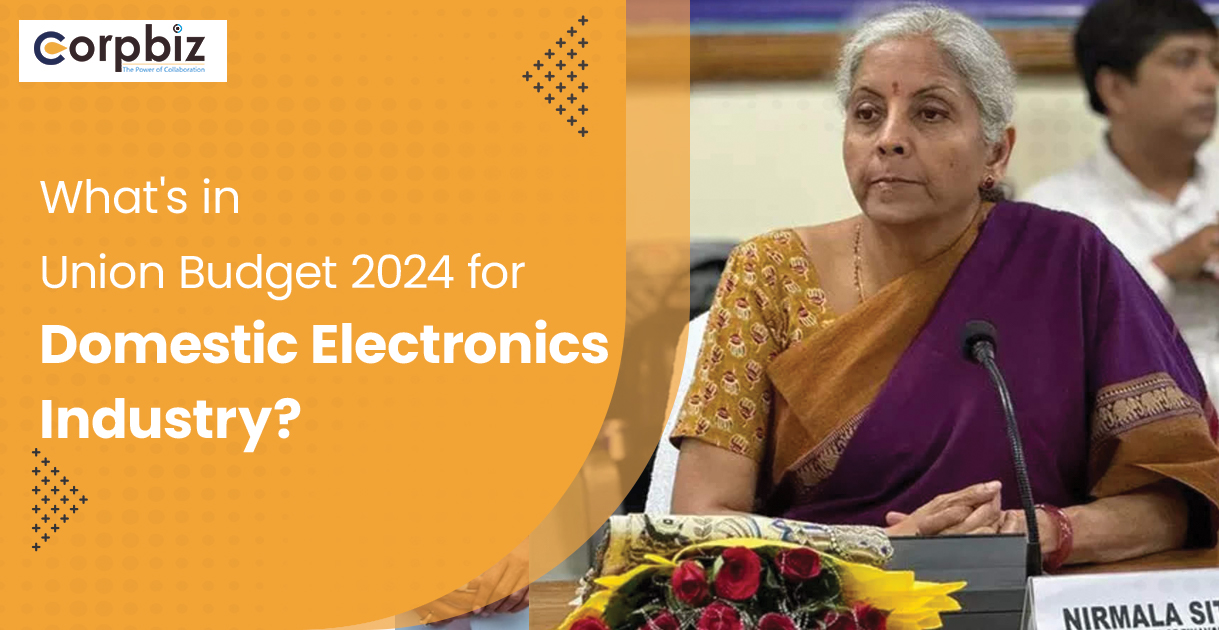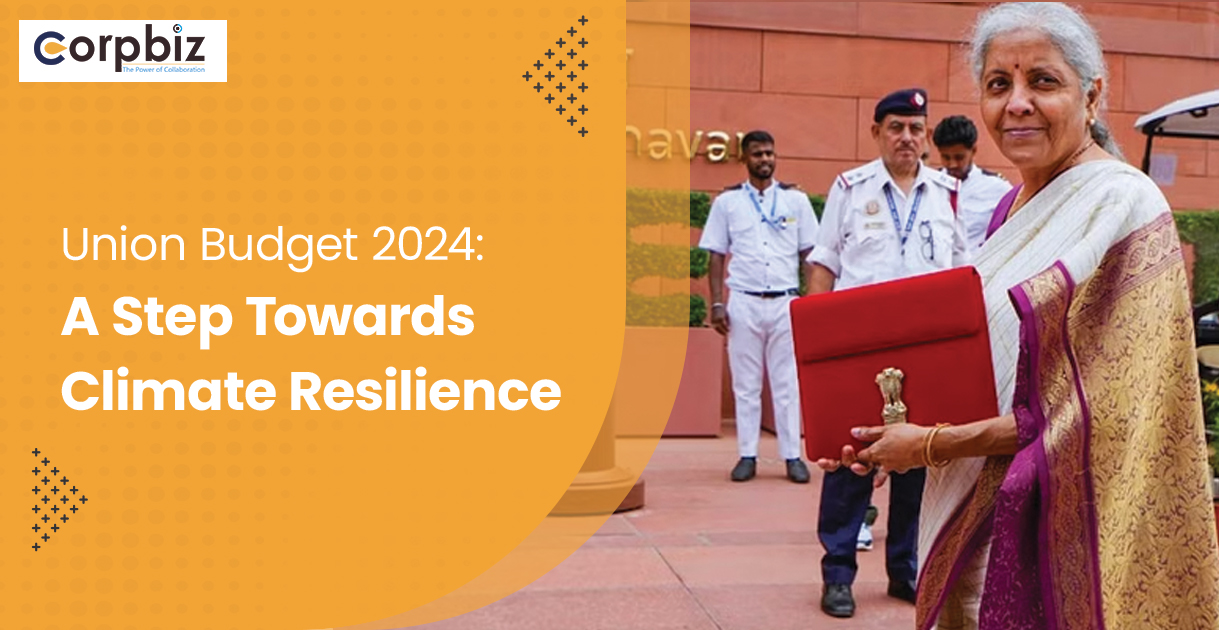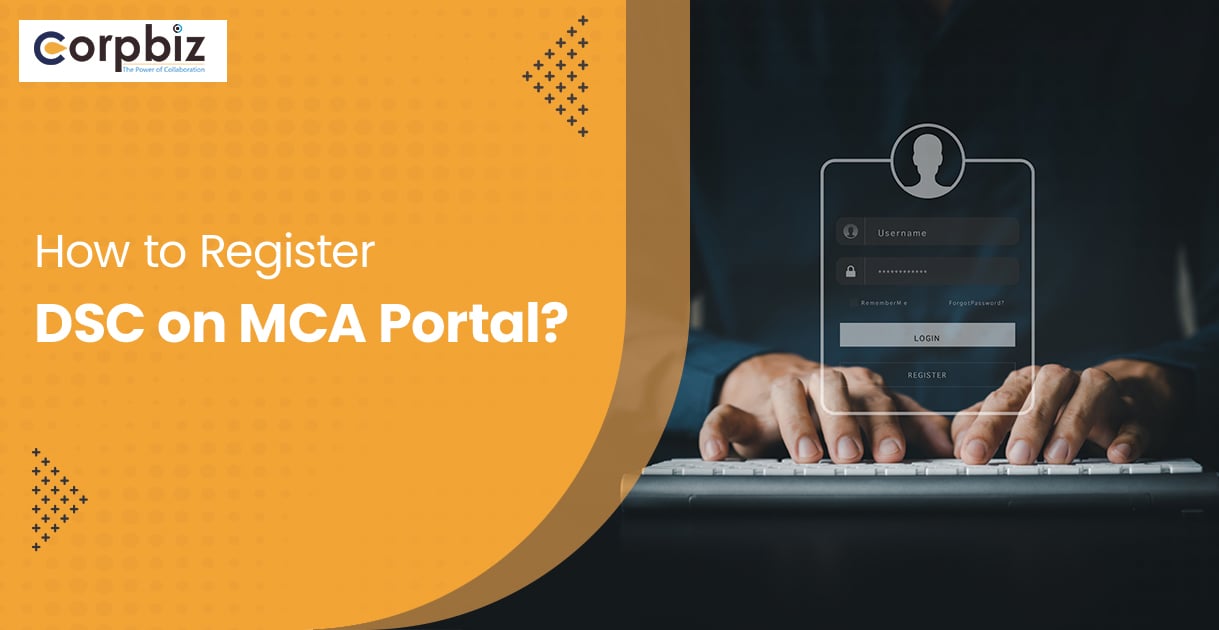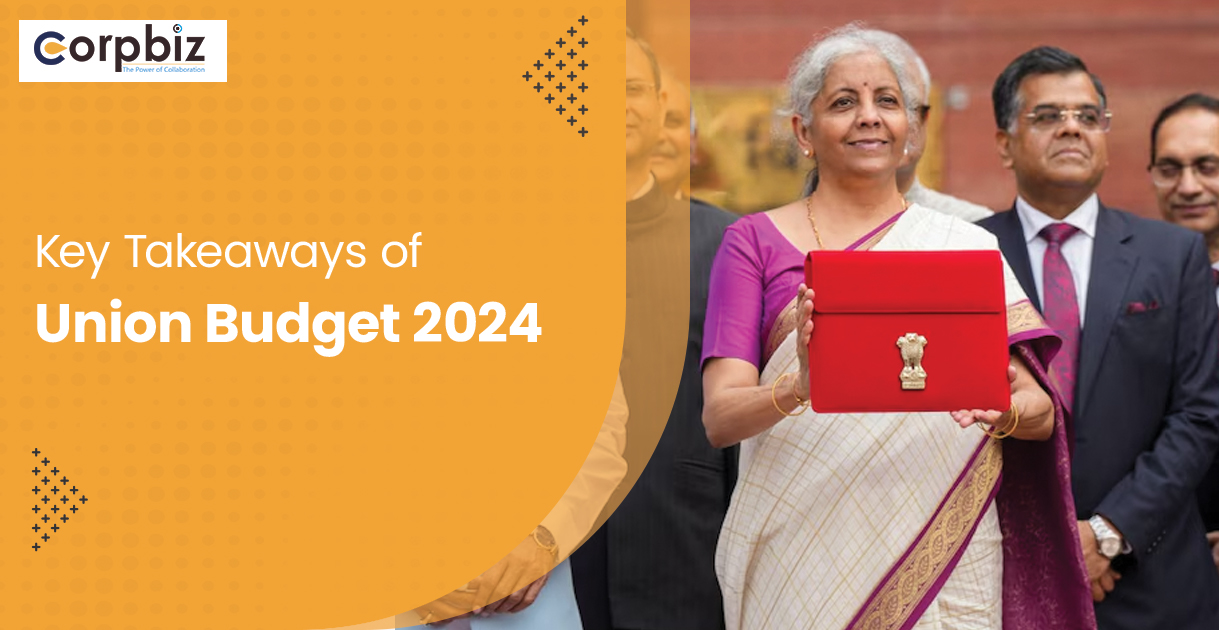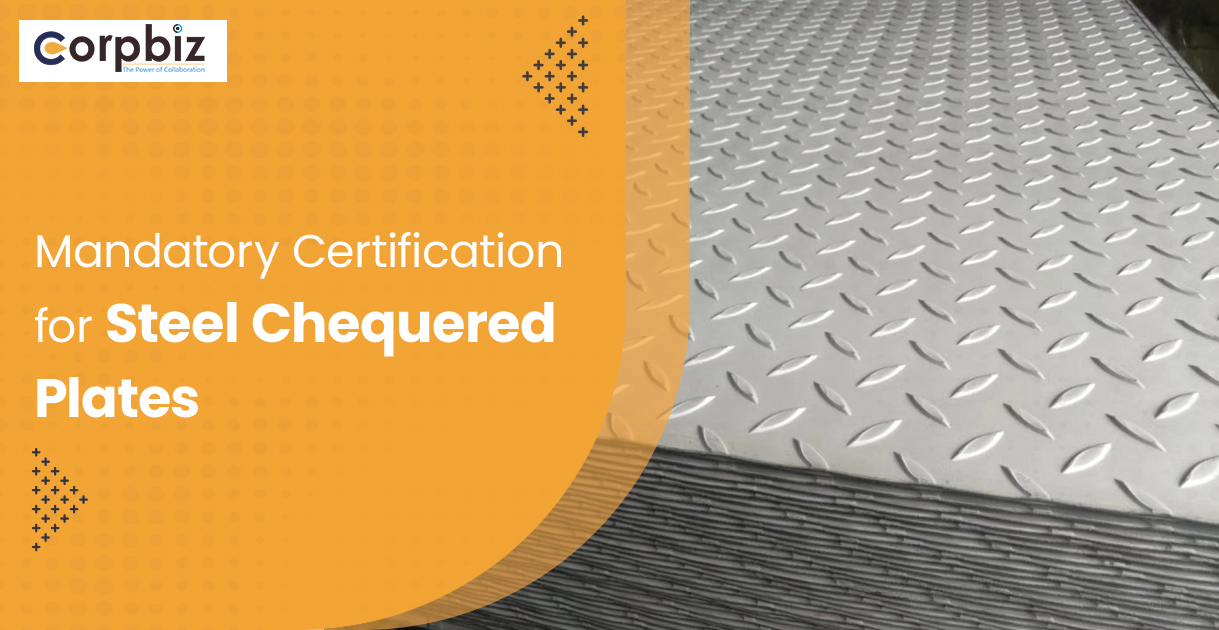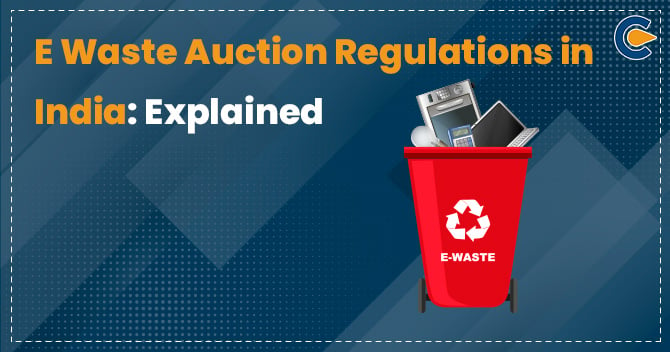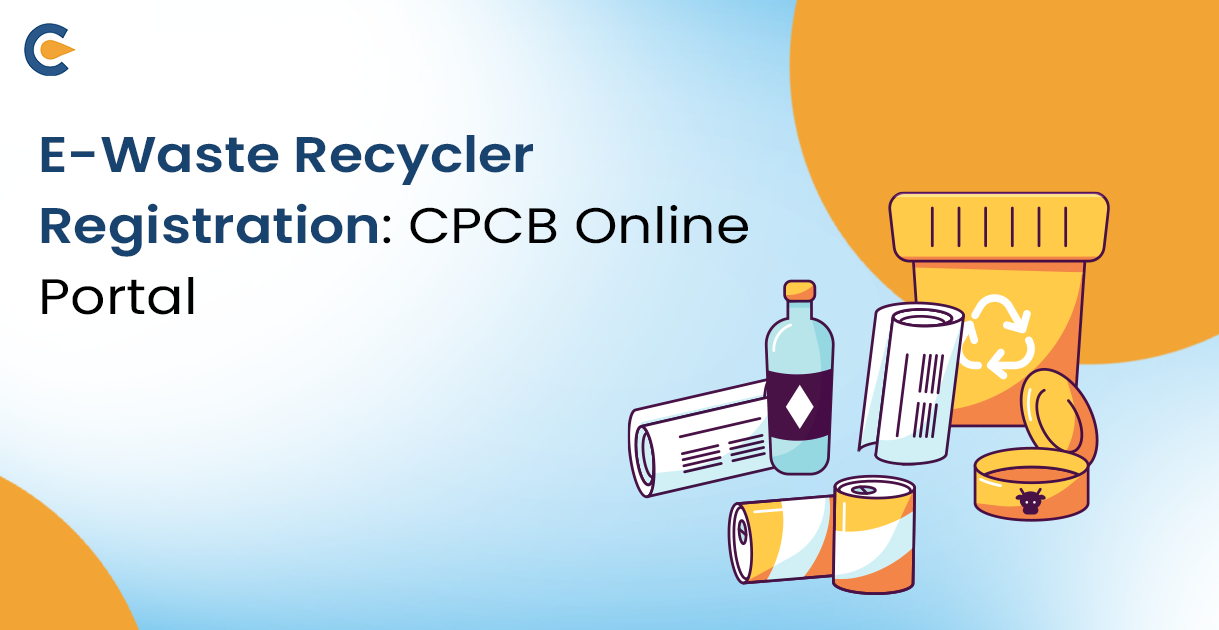On 24 August 2022, the Ministry of Environment, Forest and Climate Change, as per the power delegated under the Environment (Protection) Act, 1986[1], published the notification regarding new Battery Waste Management rules, 2022 replacing the Batteries (Management and handling) Rules, 2001. The new amended rules have implemented the policy of Extended Producers’ Responsibility on the Producers’ of the Battery relating to Management of Waste Battery in an environmentally sound way. This blog will give a detailed analysis of the Battery Waste Management Rules, 2022.
Evolution of Battery Waste Management Rules
The first Battery Waste Management was enacted in 2001 to address the disposal of battery waste in an environmentally sustainable way so as to regulate and address the pollution caused by disposing of batteries that were causing environmental as well as health concerns. The act was mainly enacted to standardise waste management of Lead Acid Batteries as they have a massive quantity of sulphuric Acid and lead, which, when exposed to human health, causes severe damage. It was also enacted to maintain the record of the transaction that occurred related to lead-acid batteries to keep track of their management procedure and reduce pollution caused by them. Although the rule of 2001 was very useful in addressing battery waste, with the evolution of time and the influx of new technology in the market, the use and variety of batteries also increased, which required to be added for proper waste management. Therefore to address these changes and make producers liable new amendment rules are introduced under Battery Waste Management Rules, 2022 by The Ministry of Environment, Forest and Climate Change.
Overview of Battery Waste Management Rules, 2022
The latest Battery Waste Management Rules, 2022, enacted in August 2022, replacing the Batteries (Management and Handling) Rules, 2001. These rules are applicable to any Producer, dealer, other entity, or consumer who is involved in the collection and transportation segregation or any other process involved in the management of Waste Battery. Besides this, these rules are not only limited to lead batteries but include all types of batteries regardless of their chemistry, volume, material composition, shape, weight and use, which include an automotive battery, Electric Vehicle Battery, Industrial Battery and Portable battery; these new rules have many new provisions related to definitions, added responsibilities, and authorisation processes.
Changes introduced in Battery Waste Management Rules, 2022
The Ministry of Environment, Forest and Climate Change, to overcome the lacunas of the Batteries (Management and Handling) Rules, 2001 relating to limited scope and lack of responsibilities of producers’ introduced many provisions in Battery Waste Management Rules, 2022, including: –
- New Key Definitions
- Inclusion of Extended Producers’ Responsibility
- Provisions Expanding Responsibilities relating to Battery Waste Management of Producers’, Manufacturers, Recycler, Refurbisher, Other Entities and Governmental or Public Waste Management Authorities.
- Centralised Online Portal
- EPR Target (for Collection and recycling)
Definitions
Under Rules 3, the Battery Waste Management Rules, 2022 have included various new definitions, including definitions of automotive battery, Battery Pack, Electric Vehicle Battery, End of life battery, Extended Producer Responsibility, Environmentally sound management, Extended Producers’ Responsibility registration, facility, Form, Hazardous Waste, Industrial Battery, Portable battery, Producer, Public Waste Management Authorities, Recycler, Refurbishment, refurbisher, storage, treatment and waste battery.
Some of the essential definitions included are
- Automotive battery, which is any battery that is used only for lighting, ignition power or automotive starter.
- Electric Vehicle battery is any battery that is mainly designed to give power to electric or hybrid vehicles for road transport.
- Extended Producers’ Responsibility is the policy that bestows responsibility on any producer or battery for waste management of battery in an environmentally sound way.
- Extended Producers’ Responsibility Registration means authorisation provided by the Central Pollution Control Board
- Industrial batteries include any and all batteries that are used in industries barring the Portable Battery, Electric Vehicle Battery and Automotive Battery.
- Portable Batteries are sealed, weigh less than five kilograms and are not made for industrial purposes Electric Vehicle Battery and Automotive Battery.
- Producer means any individual or entity that is part of the manufacturing process or sale of Battery which may include refurbished battery and its parts under its own trademark or sale of Battery that may contain refurbished Battery and its equipment, under its own trademark manufactured by other producers or dealers; as well as the trade of Battery as well as material which contain Battery;
- Waste Battery’ includes consumed/End of Life Battery or components of batteries or spares/parts/consumables that can be or may not be toxic in nature; Batteries whose date for appropriate use has expired; Batteries which has been thrown away by the consumer and Pre-consumer Off-Spec Battery and components of batteries or spares/parts/consumables.
Types Batteries regulated under Battery Waste Management Rules, 2022
Under the newly implemented Battery Waste Management Rules, 2022, MoEF and CC have categorized four different types of batteries including:-
- Automotive batteries provide power to the vehicle. They are also known as car batteries.
- Electric Vehicle battery use lithium-ion batteries used in E-Scooters, E-bike, E-car etc.
- Industrial batteries are used to manage heavy machines like forklifts, trucks, machinery vehicles etc.
- Portable Batteries are primarily used in Mobile phones and are convenient for charging tablets, smartphone or any other 3D accessories.
Functions of Key Stakeholders
The Major stakeholders that are mentioned under the Battery Waste Management Rules, 2022 are Producers’, Manufacturers, Recycler, Refurbisher, Other Entities and Governmental or Public Waste Management Authorities.
|
Key Stakeholders |
Responsibilities |
|
Producers’ |
· The obligation under Extended Producers’ Responsibility · Adhering to collection or recycling, or refurbishing targets · Register under Form 1A through the Centralised Online Portal. The Certificate is issued in Form 1B · Renewal under 1A before sixty days of its expiration · The amendments should be communicated to the Central Pollution Control Board · EPR Plan for 2022-23 Should be submitted within three months of these rules in form 1 C · EPR Plan should be submitted every year · File annual return in Form 3 |
|
Recycler |
· Acquire One-time Registration from the State Pollution Control Board under Form 2A through the Online Portal. The Certificate is issued in Form 2B · The quantity must be mentioned under Form 4 · Quantity of Processed Waste batteries must also be recorded and reported to State Pollution Control Board in Form 4 · Make sure that other waste generated during the recycling process is managed according to s Solid Waste Management Rules, 2016, Plastic Waste Management Rules, 2016 and E-waste (Management) Rules, 2016 |
|
Refurbisher |
· Acquire One-time Registration from the State Pollution Control Board under Form 2A through the Online Portal. The Certificate is issued in Form 2B · Make sure that another waste generated during the refurbishing process is managed according to s Solid Waste Management Rules, 2016, Plastic Waste Management Rules, 2016 and E-waste (Management) Rules, 2016 · Quantity of Processed Waste batteries must also be recorded and reported through the online portal of the Central Pollution Control Board · The quantity must be mentioned under Form 4 |
|
Other Entities |
· Other entities have a responsibility to properly collect, segregate, recycle or refurbish the waste battery |
|
CPCB |
· define the fee for the handling of applications for registration · The process of registration shall be finished in two weeks · renew the registration after submission of Form 1(A) · suspend and cancel the registration · ensure compliance |
Inclusion of Extended Producers’ Responsibility under Battery Waste Management rules, 2022
Extended Producers’ Responsibility under Battery Waste Management rules, 2022, is defined as the policy that bestows responsibility on any producer or battery for waste management of battery in an environmentally sound way. The notion of Extended Producers’ Responsibility is grounded on three base principles that are “life-cycle thinking”, “Pollution prevention approach)” and the “PPP (Polluter pay principle)”. The Policy of EPR makes it the accountability of the producers/recyclers/manufacturers not only to take back merchandise for recycling but also to make better producers with a longer life span to limit the quantity of battery waste generated, which is the root cause of a gradual surge in environmental pollution.
Extended Producers’ Responsibility in Battery Waste Management rules, 2022, is filed through the centralised online portal of the Central Pollution Control Board. The responsibilities levied on the producers’ under the EPR can also be fulfilled by the policy of buyback, deposit refund scheme or any other scheme/model. The producer can further delegate the responsibility to other entities for properly collecting, segregating, recycling or refurbishing the waste battery.
The Battery Waste Management rules, 2022 also introduce the policy of exchanging the EPR Certificate (authorised to the producers’/recyclers/refurbishers on the basis of the quantity of the Waste Battery in Kg) from the recycler to the producers’ in return for the waste battery. The formulae that are followed for the EPR certificate is
Extended Producer Responsibility certificates (kg) = (Actual retrieval of Battery materials in per cent / Retrieval EPR target for the stated year of the Battery type in percentage) x amount of Battery processed (kg) x (1-A).
Further, it should also be noted that Excess Extended Producer Responsibility certificates in a specific category of the battery can only be used for carrying forward, selling or off-setting the same type of battery.
Particulars of Extended Producers’ Responsibility form
- Name of Producer
- Registered address of Producer, website address and contact details
- Name of the authorised person(s) and complete address with e-mail, landline telephone number and mobile number
- Goods and Services Tax copy
- Tax Identification Number
- Type(s) of Battery placed in the market with the brand name(s):
a. Portable Battery
b. Automotive Battery
c. EV Battery
d. Industrial Battery
EPR Plan
Extended Producers’ Responsibility plan for the batteries manufactured should be submitted by the producers’ to the Central Pollution Control Board in the Form 1C by 30th June every year through an online portal containing the details on the weight of the battery, the quantity as well as dry weight of the material of the battery.
Also, EPR Plan for 2022-23 should be submitted by producers’ within three months of these rules in form 1 C to the Central Pollution Control Board.
Extended Producers’ Responsibility plan must contain
- Name of Producer
- Registered address of Producer, website address and contact details
- Name of the authorised person(s) and complete address with e-mail, landline telephone number and mobile number
- Goods and Services Tax copy
- Tax Identification Number
- Type(s) of Battery placed in the market with the brand name(s) along with the quantities in total weight as well as dry weight of battery quantities in total weight as well as dry weight of Battery type-wise:
a. Portable Battery
b. Automotive Battery
c. EV Battery
d. Industrial Battery
EPR Target
|
S.No. |
Type of Battery |
Recovery target for the year in percentage |
||
|
2024-25 |
2025-26 |
2026-27 and onwards |
||
|
1 |
Portable Battery |
70 |
80 |
90 |
|
2 |
Automotive Battery |
55 |
60 |
60 |
|
3 |
Industrial Battery |
55 |
60 |
60 |
|
4 |
Electric Vehicle Battery |
70 |
80 |
90 |
Penalties and violations under Battery Waste Management rules, 2022
The critical stakeholders mentioned under this act, including Producers’, Manufacturers, Recycler, Refurbisher and Other Entities, carry out their activities without acquiring the registration or obtaining registration by providing false information or facts or submitting forged documents; in that case, they will be fined and have to submit the Environmental Compensation under section 15 of the Environment Protection Act, 1986 which is decided by the either the Central Pollution Control Board or by the State Pollution Control Board.
This Environmental compensation will also be levied in case the Producers’ are not able to fulfil their EPR obligations or targets set by State Pollution Control Board.
Conclusion
The introduction of the newly implement Battery Waste Management rules, 2022 have increased the overall scope of the previous rules, including the newer type of batteries like automotive battery, Electric Vehicle Battery, Industrial Battery and Portable battery, and the inclusion of Extended Producers’ Responsibility, EPR Targets, Provision for Centralised targets and enhanced responsibilities of the critical stakeholder’s Producers’, Manufacturers, Recycler, Refurbisher, Other Entities and Governmental or Public Waste Management Authorities. These changes made align with the changes in the market from linear to circular economy and initiatives by the government to control the growing pollution from battery waste.
FAQs
The Rules now specify collection and recycling goals for battery manufacturers (including importers), who are now accountable for the collection, recycling, and refurbishment of used batteries as well as the use of wastes’ recovered materials to create new batteries.
EPR mandates that all used batteries be collected and sent for recycling or refurbishment, forbids the disposal of used batteries in landfills, and prohibits their incineration.
Overall, there are more used batteries, and environmental pollution is inevitable. Wastes containing cadmium, mercury, zinc, lead, and chromium are examples of hazardous wastes. These toxic substances will contaminate the soil, change its alkalinity and acidity, impede crop growth, and accumulate in the bodies of crops.
The Union Ministry of Environment, Forests, and Climate Change published the Battery Waste Management Rules, 2022 (“2022 Rules”) on August 24, 2022, to replace the Batteries (Management and Handling) Rules, 2001.
To ensure proper management of used batteries, the Ministry of Environment, Forestry and Climate Change (MOEFCC) published the Battery Waste Management Rules, 2022 on August 24, 2022.
EPR prohibits the incineration of used batteries and their disposal in landfills, and it mandates that all used batteries be collected and sent for recycling or refurbishment. In order to fulfil their EPR obligations, producers can either arrange for their own collection, recycling, or refurbishment of used batteries, or they can grant permission to any other organization.
Batteries that are no longer usable can always be recycled or taken to facilities that accept household hazardous waste. Lithium-ion batteries should never be disposed of in regular trash cans or recycling bins; instead, tape the battery terminals or place the batteries in individual plastic bags to prevent fires.
It must not be disposed of in a dumpster or household trash bin. A swollen battery endangers sanitation workers as well as the environment. Visit a local electronics recycling facility with the battery. Locate nearby facilities that dispose of electronic waste online.
Read our Article:Obligations for Battery Recyclers under Batteries (Management and Handling) Rules, 2001




